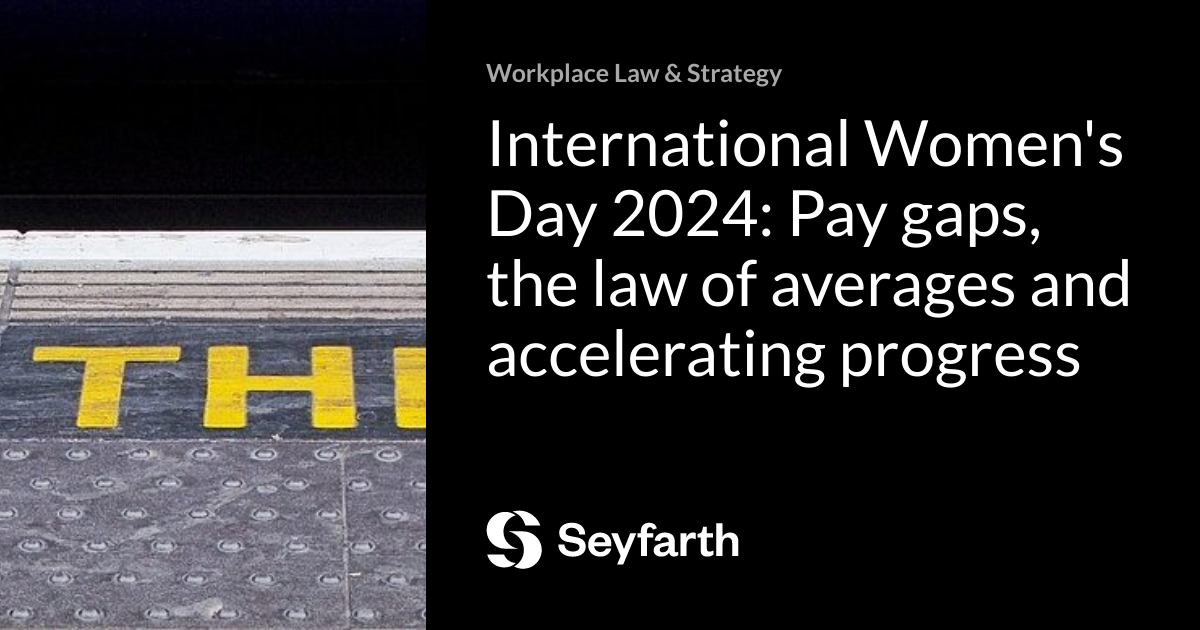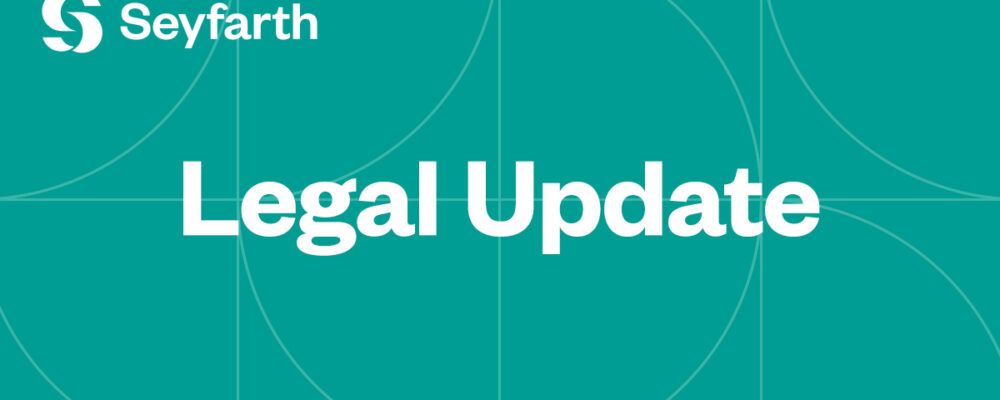International Women’s Day for 2024 has the important theme of Count Her In: Invest in Women. The UN talks about the importance of empowering women and investing in women in a range of ways. This includes accelerating women’s economic empowerment by recognising that when women entrepreneurs are successful, this can lead to more benefits.
The topic of investing in women has been in the headlines in Australia, following the first release of employer-level pay gap data by the Workplace Gender Equality Agency (WGEA).
This is intended to spark, and has succeeded in sparking, conversations about pay gaps. Rightly (in our view), people are looking at where pay gaps exist. Some companies have been lauded for having no pay gap or small pay gaps. Some companies have been publicly criticised for their pay gap.
However, it is important to bear in mind that the WGEA pay gap data is limited in what it tells us about gender equality within any business:
- The WGEA’s approach is (necessarily) broad-brush. As explained on its website, it compares the median remuneration of men and women within a company. Where there is a difference, this is reflected as a pay gap percentage or dollar figure.
- The WGEA does not look at whether people receive equal pay for equal work. It uses broad occupational and manager categories for comparison purposes, does not consider differences in the actual jobs that people have, how skilled they are or assess why a gap might exist. It is not evaluating whether a pay gap is fair or not.
Knowing that there is a pay gap is a useful place to start a conversation. As the WGEA suggests, this can prompt questions about what’s driving a pay gap in order to start reflecting on the possible causes and (where needed) action to address them.
Some companies questioned about their pay gaps had substantive explanations. For example:
- One primary care organisation was listed as having a pay gap of 73.1% in favour of men. However, the CEO explained that its workforce included a large number of casual doctors working in an after-hours service, on an average of one 4-hour shift per month. Half the male workforce are casual doctors meaning the median earnings are skewed high. Once this cohort of casual doctors was excluded from the data, the pay gap dropped to 2%.
- Similarly, a women’s retail chain explained that it has a large female workforce of over 1400 women (most of whom are employed in retail stores), but a small group of male employees. Although 84% of its best-paid employee group are female and women occupy 89% of manager roles, the fact that 62 of its 65 male employees work in “head office” roles resulted in a median male salary being much higher than for its female employees. Other fashion brands made similar comments.
These examples highlight the danger of jumping to conclusions and the way in which context is critical to assess why a pay gap exists and what action might best support pay equity in the future.
This is particularly important given the recent criticism that has been directed towards pay gaps in companies owned by women or marketed towards women. There may be good reasons to question a pay gap in a company that promotes itself as caring for or supporting women. However, in the spirit of IWD, we think reflecting on this point is important.
Should companies owned by or marketed to women should be held to a higher standard and singled out for special criticism (when compared to others)? Does this risk accidentally taking a step backwards? In our rush to respond to pay gap data and advocate for pay equity, are we looking at this in a way that could undermine female entrepreneurship?
These are important questions that have no right or wrong answer. But we look forward to continuing the conversation. After all, that’s the whole point.
Subscribe to receive the next Workplace Law & Strategy blog direct to your inbox.
“With approximately 900 lawyers across 17 offices, Seyfarth Shaw LLP provides advisory, litigation, and transactional legal services to clients worldwide.”
Please visit the firm link to site






